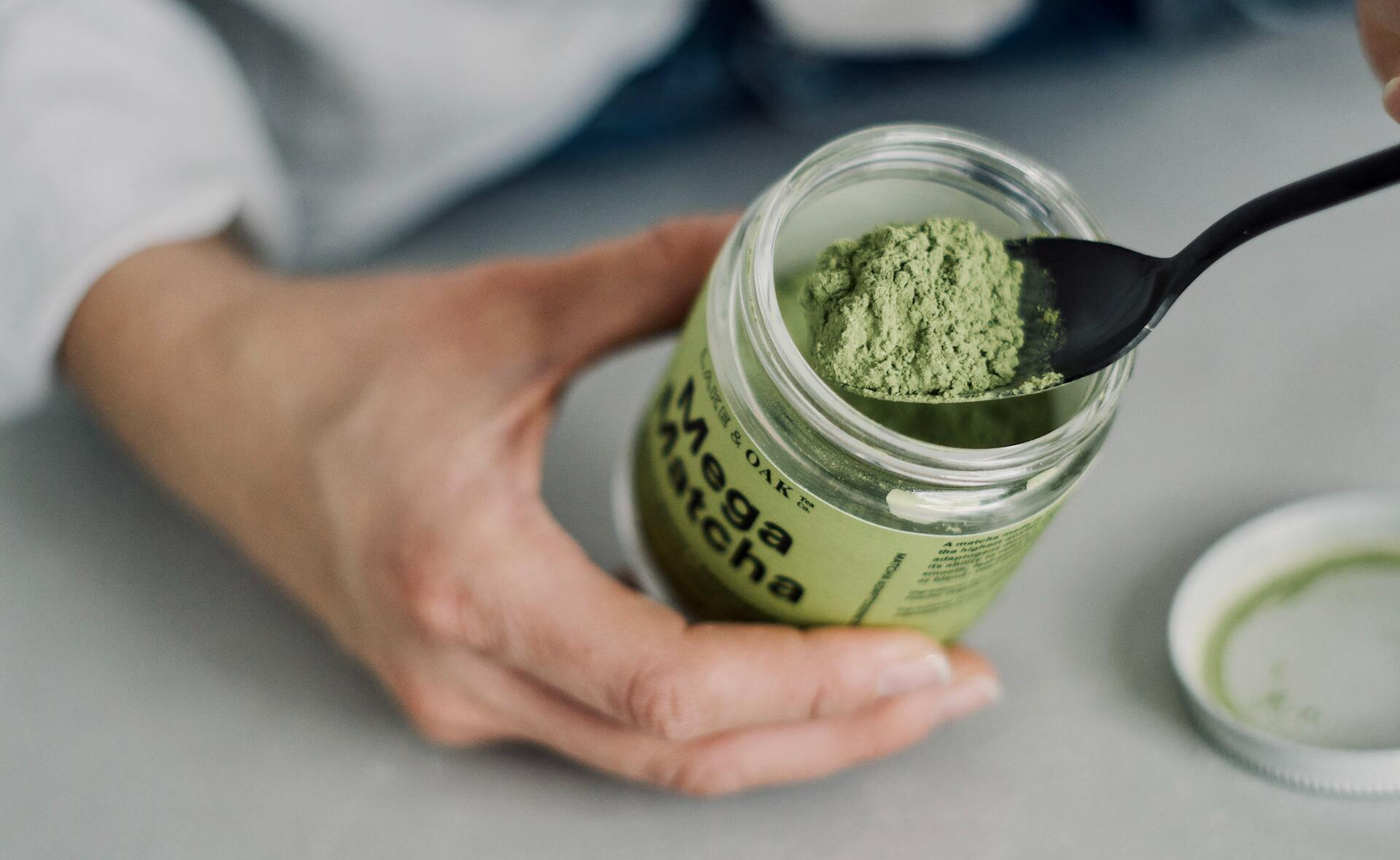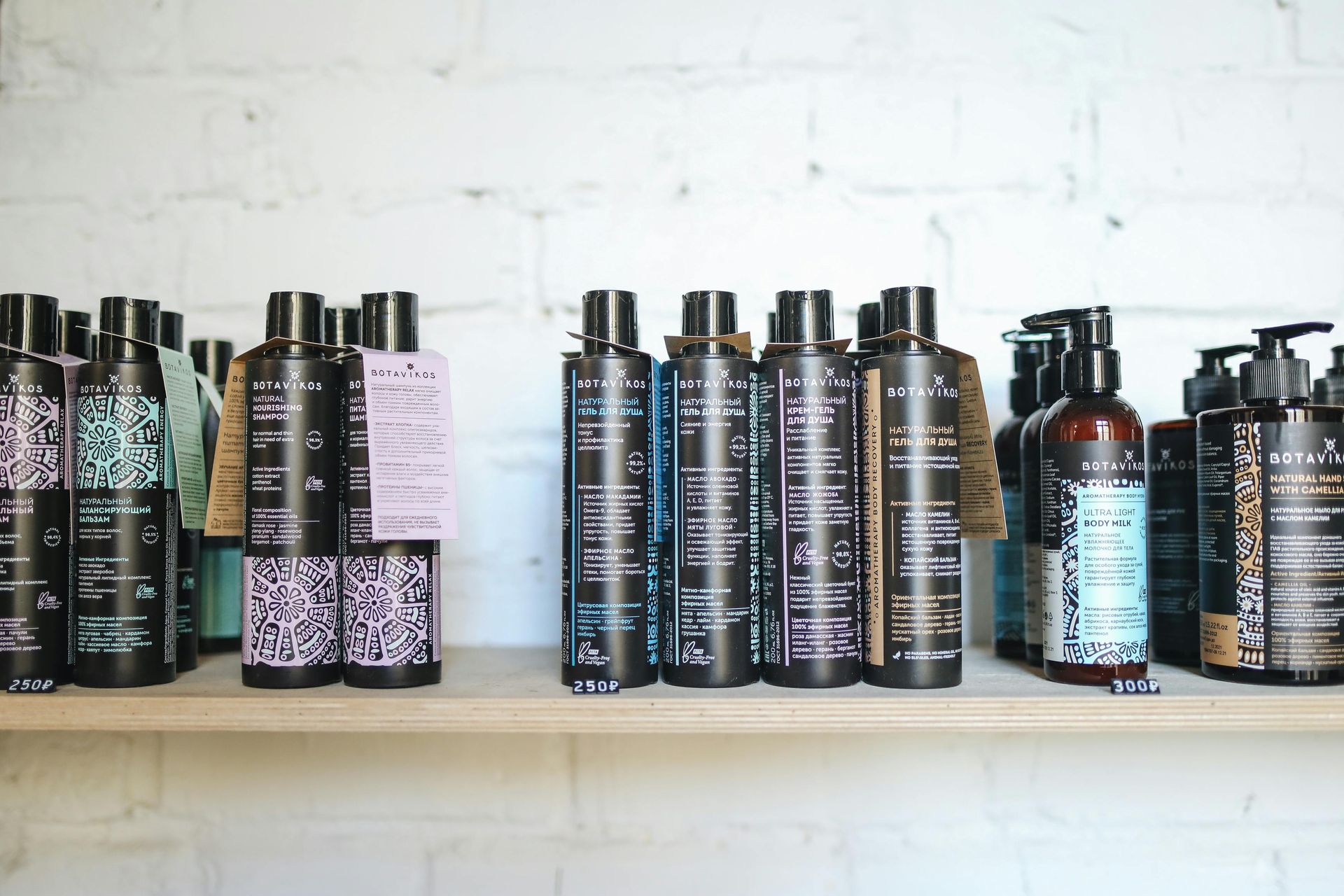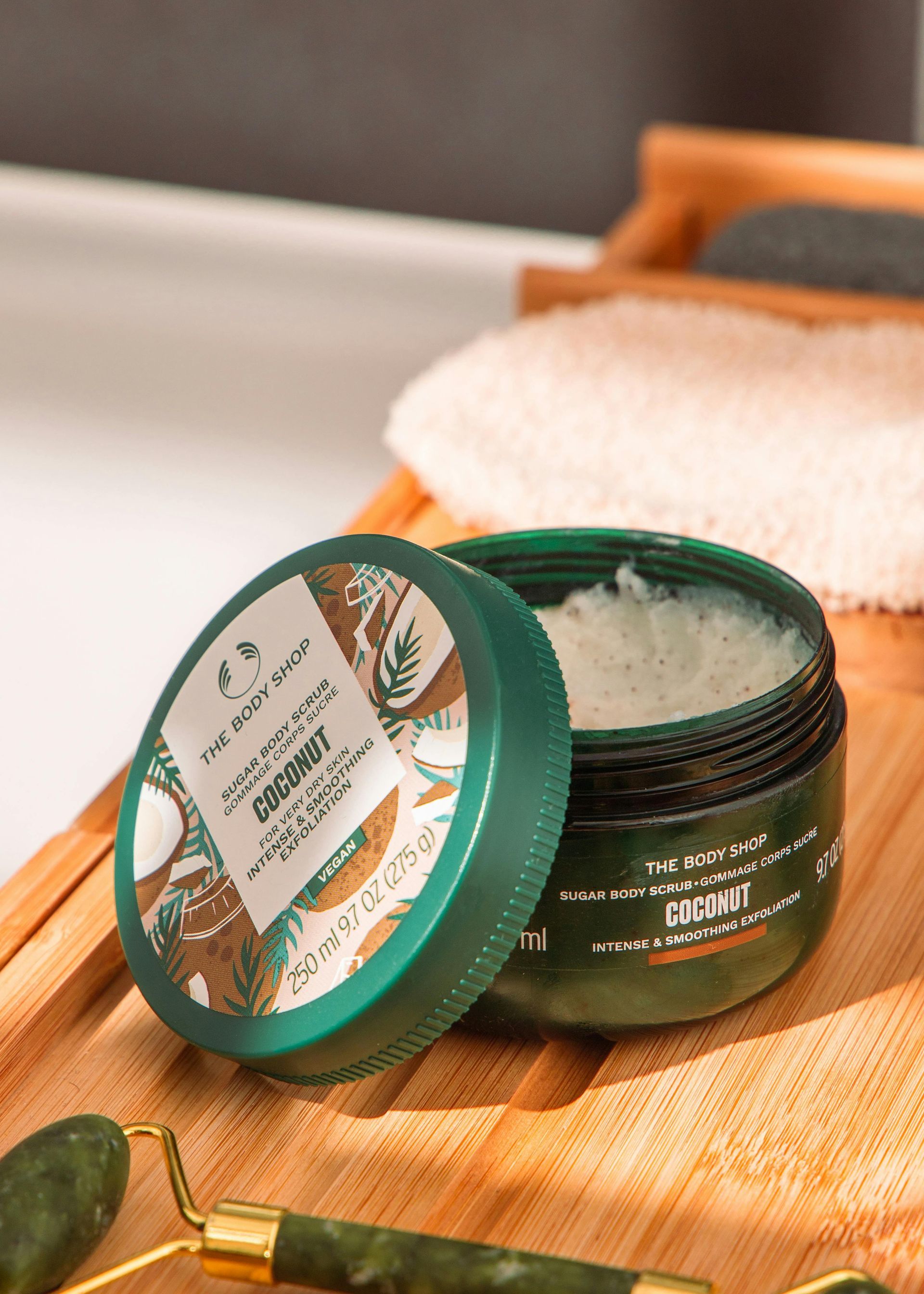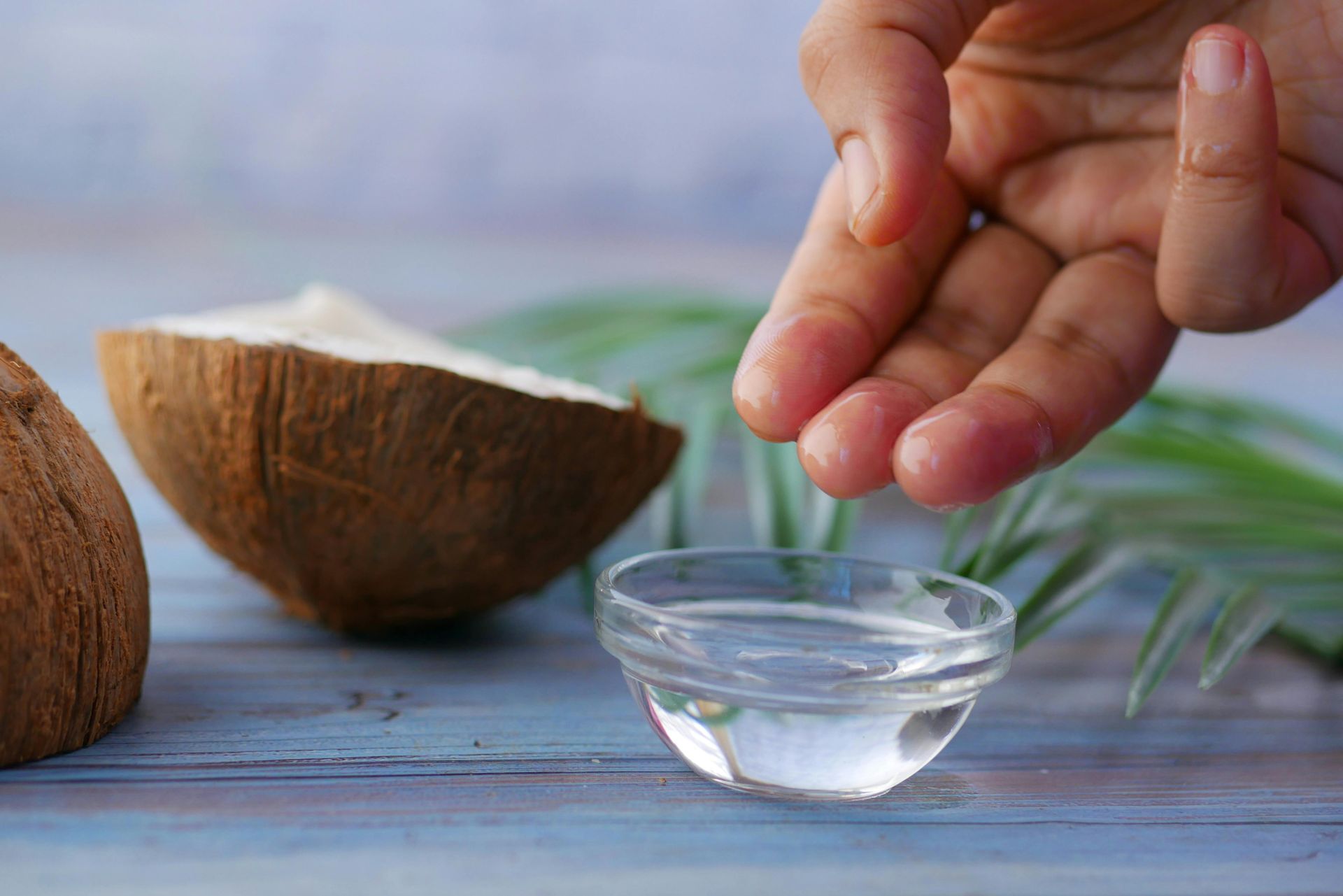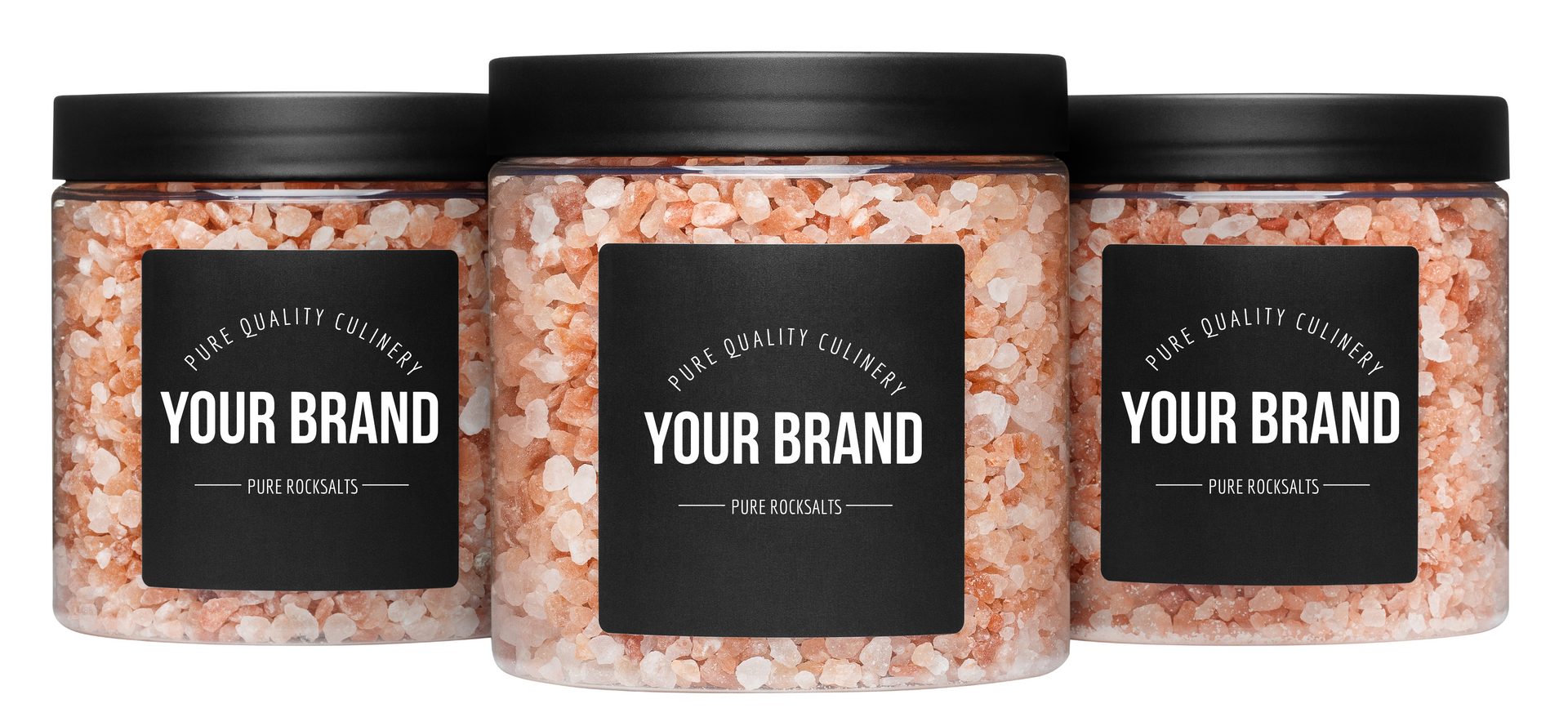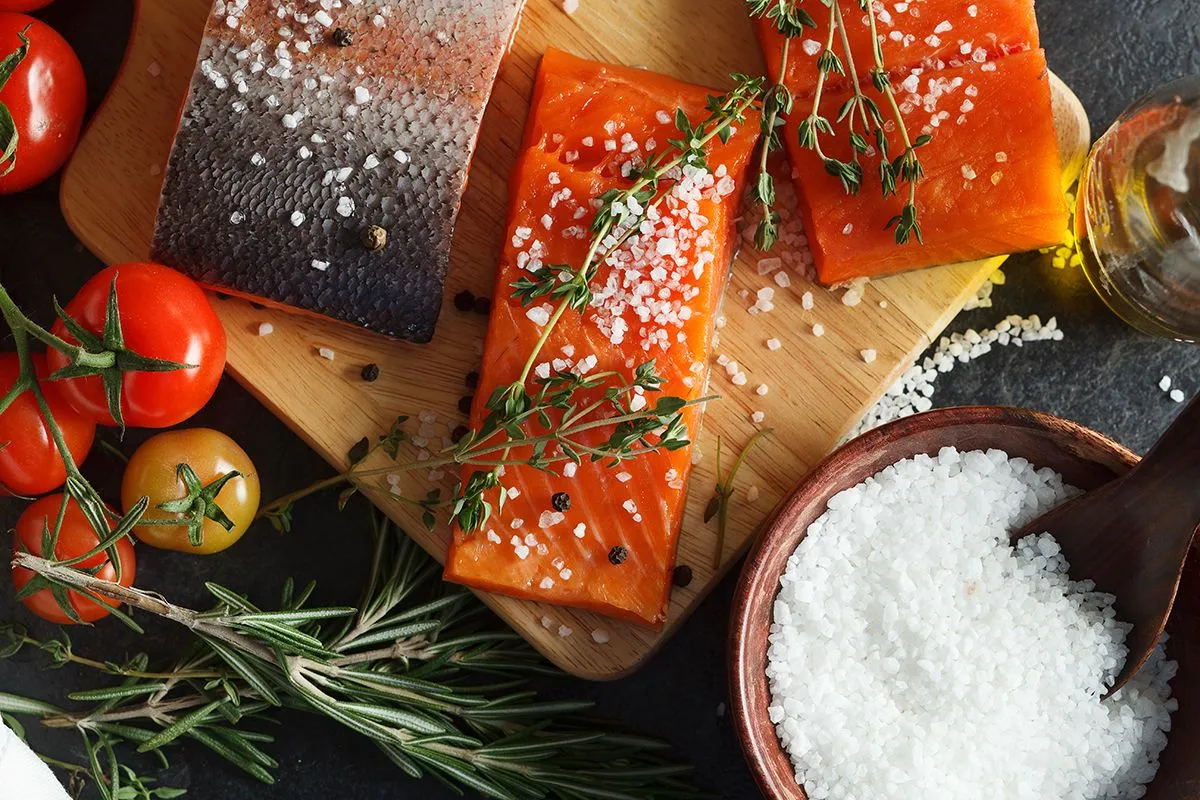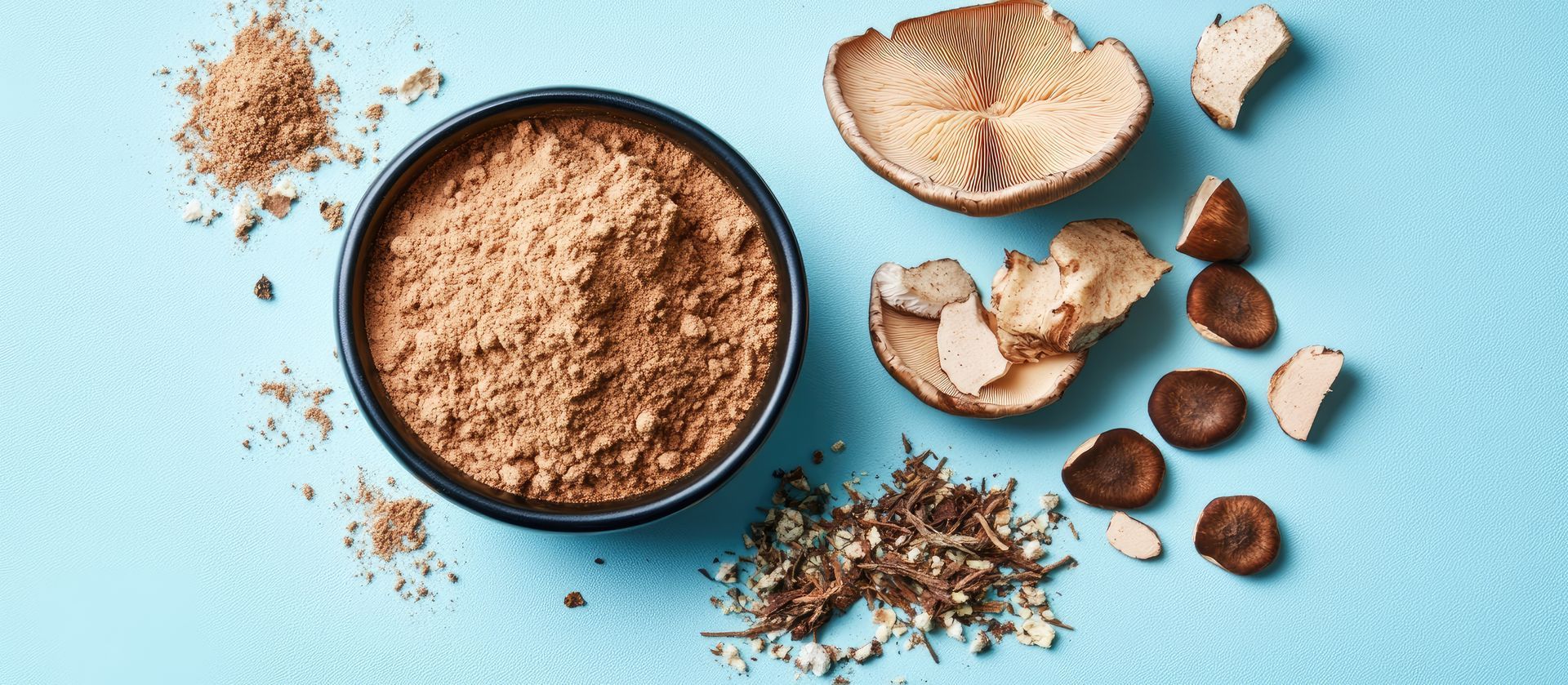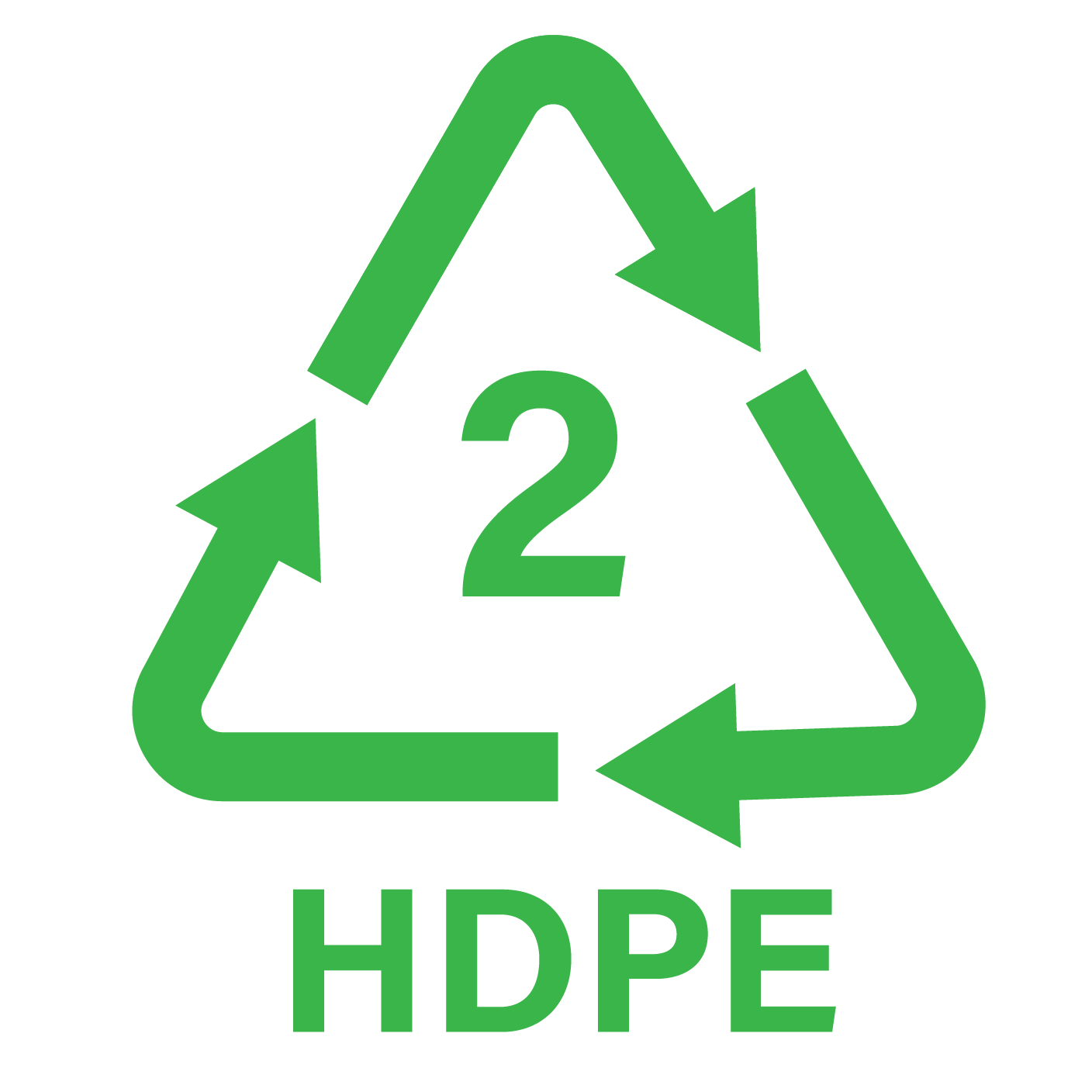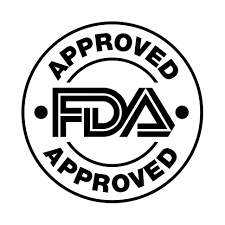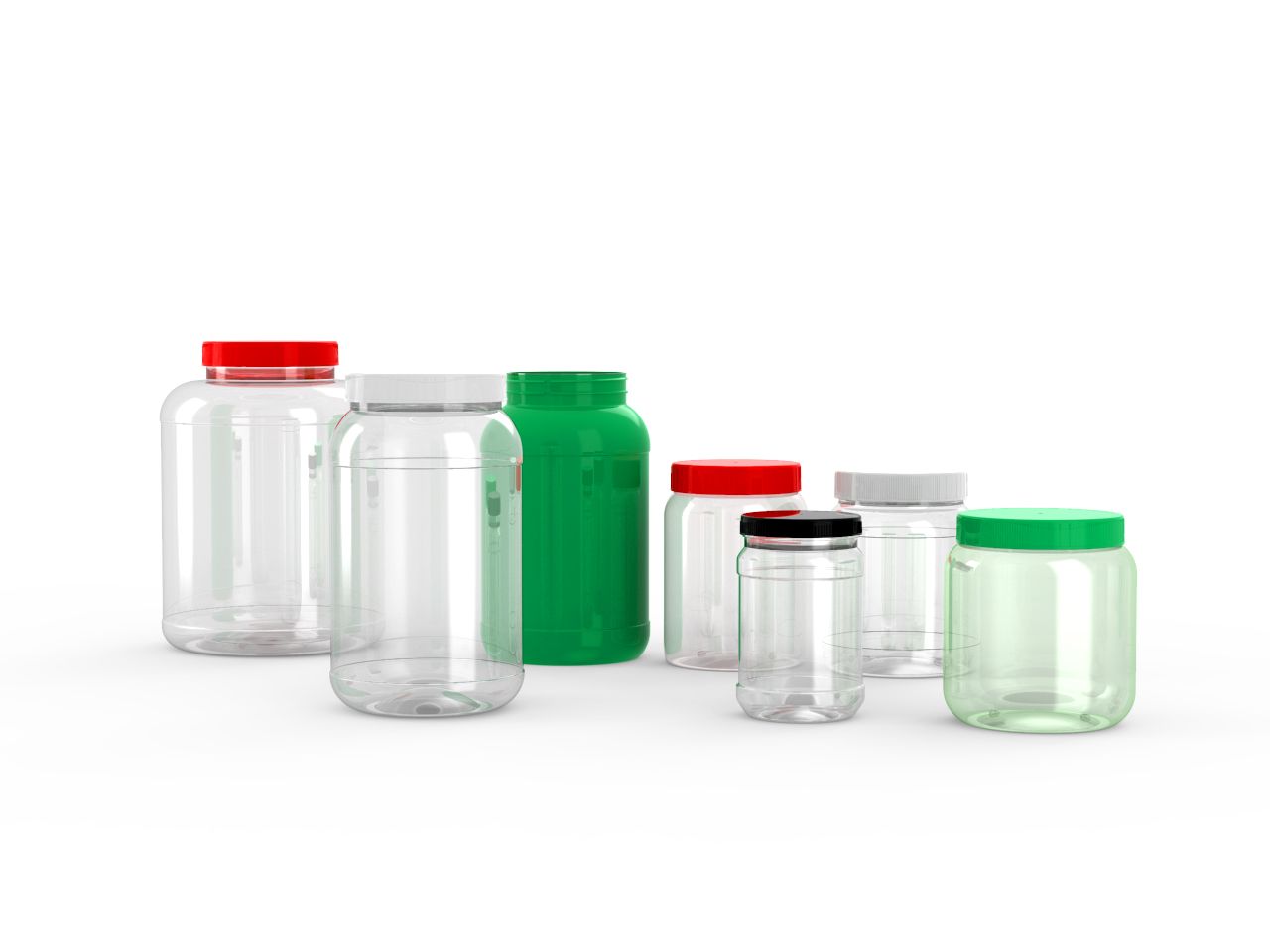Nutraceutical Packaging Trends for 2022 (and Beyond)
Nutraceuticals have been growing in popularity since the 1990s, as consumers have come to see them as a source of energy to maintain an active lifestyle, speed recovery from surgery, or replenish nutrients lost to exercise. However, in the wake of the COVID-19 pandemic, interest in nutraceuticals has skyrocketed as a means to help the body fight off viruses. This trend shows no sign of slowing; a recent study from Grand View Research projects global sales of nutraceuticals will grow at a rate of 8.3% over the next five years.
Nutraceutical Marketing Concerns
The U.S. Food and Drug Administration (FDA) defines a nutraceutical as “any substance that is a food or part of a food and can induce medical and health benefits, including the prevention of disease.” In other words, it’s a food that provides a benefit apart from simple nutrition.
That said, the FDA does *not* allow nutraceutical companies to suggest that their foods can prevent or cure disease. Many consumers have linked certain foods to certain health benefits, but these associations are usually anecdotal. This makes the packaging of nutraceuticals particularly challenging as companies struggle to find ways to extoll the benefits of their products without violating federal law by making unsubstantiated claims.
Authenticity
One of the issues faced by nutraceutical manufacturers, especially as demand increases, is access to critical ingredients. This problem is exacerbated by counterfeiters who seek to profit from the short supply. For example, the European black elderberry—which has been shown to help reduce cold and flu symptoms—is in high demand. However, low crop yields and bad weather have led to an elderberry shortage. Some manufacturers have attempted to get around this issue by either diluting the amount of elderberry in their products or, in some cases, replacing entire shipments with counterfeit elderberry-like additives.
Some nutraceutical companies are going to great lengths to thwart counterfeiters and assure their customers that their product is authentic. They’re using near-field communication (NFC) and radio frequency identification (RFID) to track their products throughout the supply chain to ensure nobody has tampered with or replaced the contents with counterfeit ingredients. However, simply providing tamper-evident packaging can be an effective strategy for bolstering consumer confidence that a product is authentic and has not been opened.
Effectiveness
As with any food product, it’s important to invest in nutraceutical packaging that slows deterioration, extends shelf life, and extends the use-by date for consumers. With the high concentration of nutrients in nutraceutical food, it is especially important to use packaging that provides high moisture and oxygen protection. This can include inner seals to protect the product prior to its initial opening, screw-top caps to provide a tight seal even after the product is opened, and moisture-absorbent liners to keep the humidity within the container low.
Convenience
Finally, nutraceutical packaging has to consider the convenience of the consumers as well as the distributors. For example, the aforementioned oxygen and water vapor barriers reduce the need for refrigeration and allow agility when it comes to shipping and storing products. One-step tamper-evident lids add convenience while still providing a degree of security. Even something as simple as a tethered cap makes it easy to keep the packaging components together while encouraging reuse/recycling.
